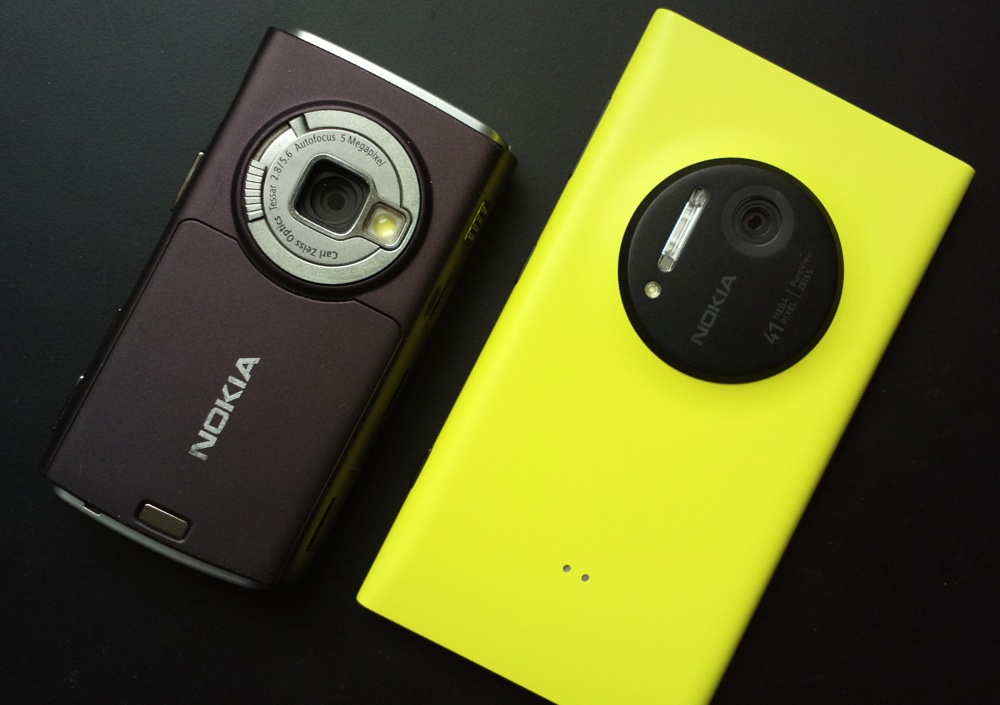
A slightly unconventional head to head then. Though perfectly valid, since my N95 is still working at 99% even today, seven years later, and I see them in use out in the streets sometimes. More to the point, let's see just if and how much phone cameras have improved in the intervening seven years.
It's also worth noting that the N95 was at least three years ahead of its time in terms of imaging. Comparing the Lumia 1020 here to results from, say, the original iPhone, from mid 2007, would be something of a farce, and I wouldn't insult anyone's time by doing so.
[NB1: As usual with this sort of test. although I've tried to roughly match the results for direct comparison, the two smartphone cameras have different fields of view, so 1:1 crops won't match up exactly.
NB2: To download the original JPGs, just click the links above each comparator.]
Test 1: Sunny suburbia
Here's the full scene, just a nicely lit close of houses and plenty of detail:

And here's the 1:1 cropped output from both devices, both at the standard 5 megapixels - it's interactive (if your browser and bandwidth are up to the job), so use your mouse or pointer to swipe between the two photos - N95 on the left, 1020 on the right:
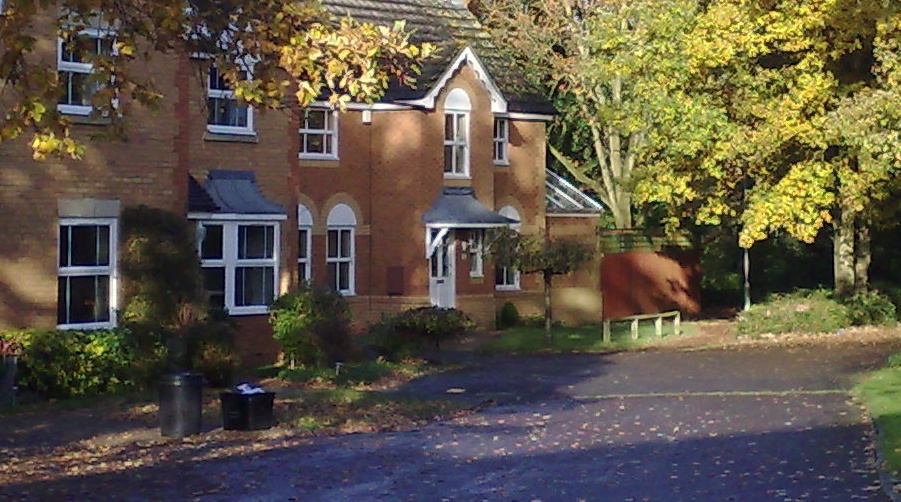
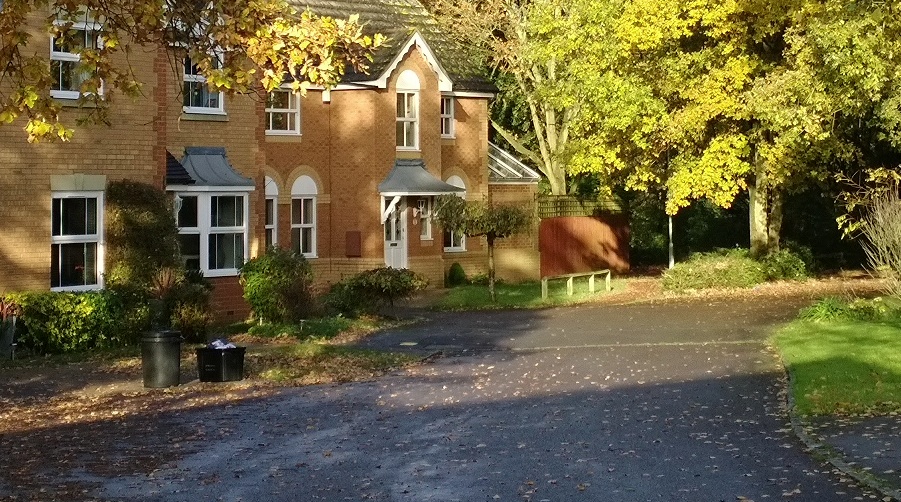
It's fair to say that the 1020's shot is clearer and crisper, even if some of this comes from sharpening algorithms. As ever, the 1020 stays just the right side of overdoing it. The colours are warmer and truer to life too.
Test 2: Sunny nature macro
Here's the full scene - I wanted to look at saturated colours in the late afternoon sun and also depth of field:

And here's the cropped 1:1 output from both devices, both at the standard 5 megapixels - again, if your browser and bandwidth are up to the job, use your mouse or pointer to swipe between the two photos - N95 on the left, 1020 on the right:
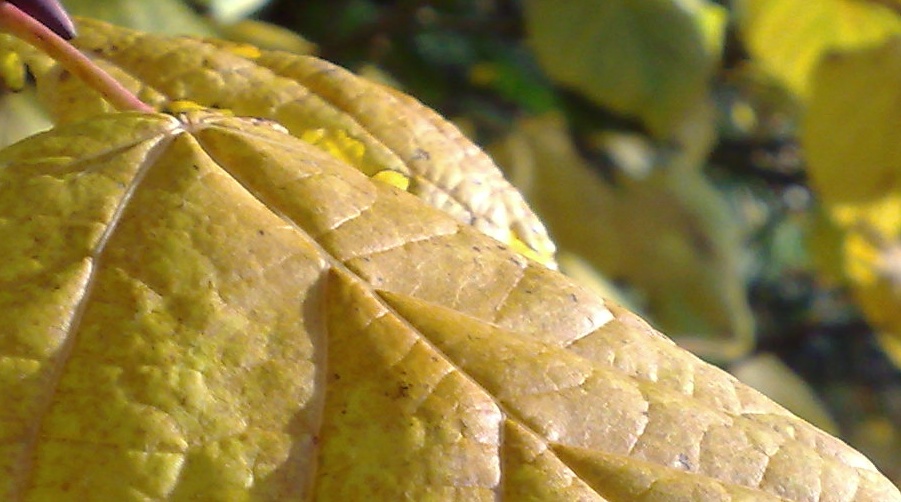
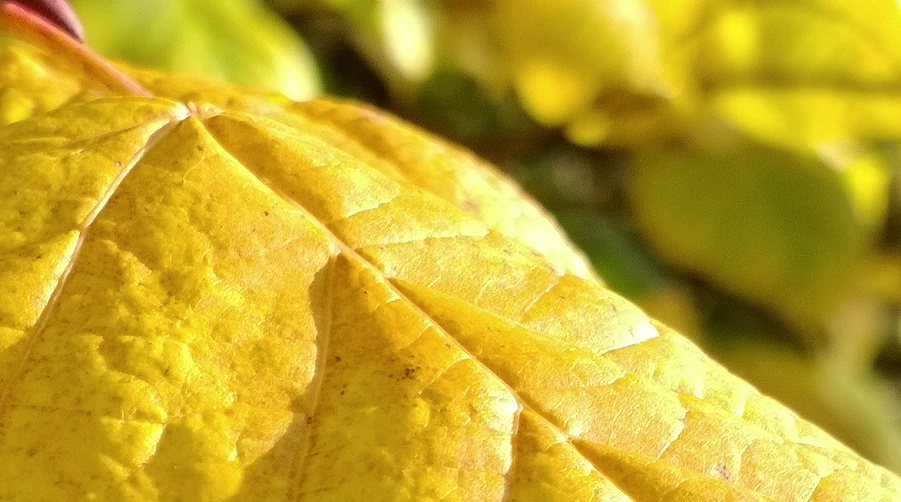
The N95's control over exposure is pretty awesome here and there's little to choose between the two shots. There's slightly more saturation and warmer colours again in the 1020 photo, plus slightly better 'bokeh', but I'd forgive you for picking the N95 shot.
Test 3: Sunny path
Here's the full scene, with extremes of lgiht and shade, plus plenty of natural detail:
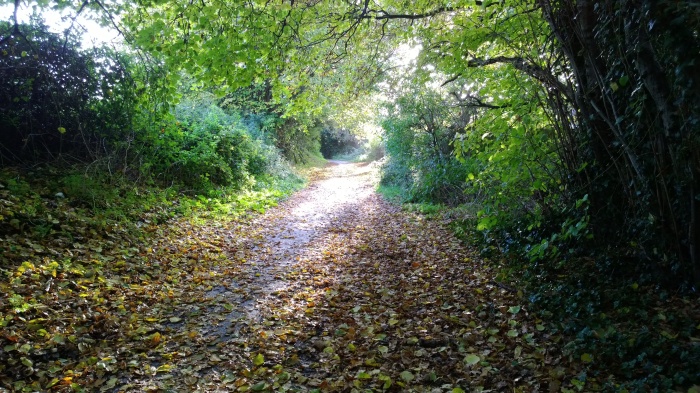
And here's the cropped 1:1 output from both devices, both at the standard 5 megapixels - again, N95 on the left, 1020 on the right:
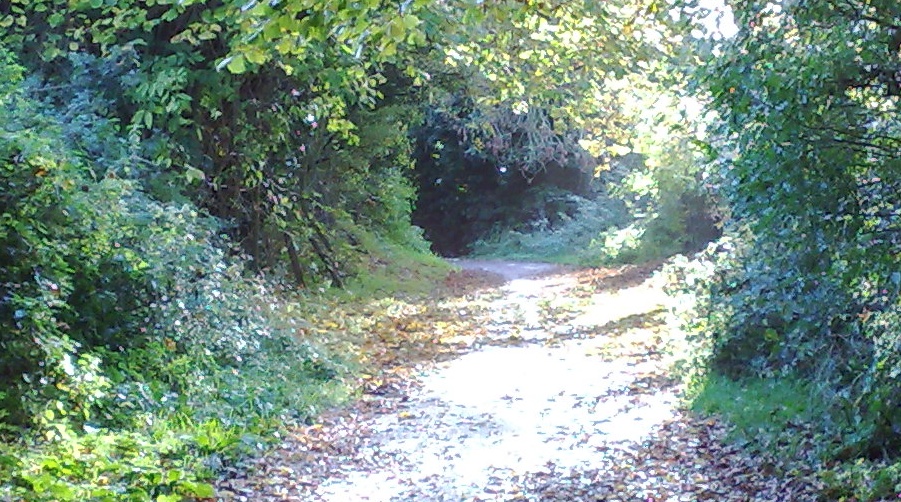
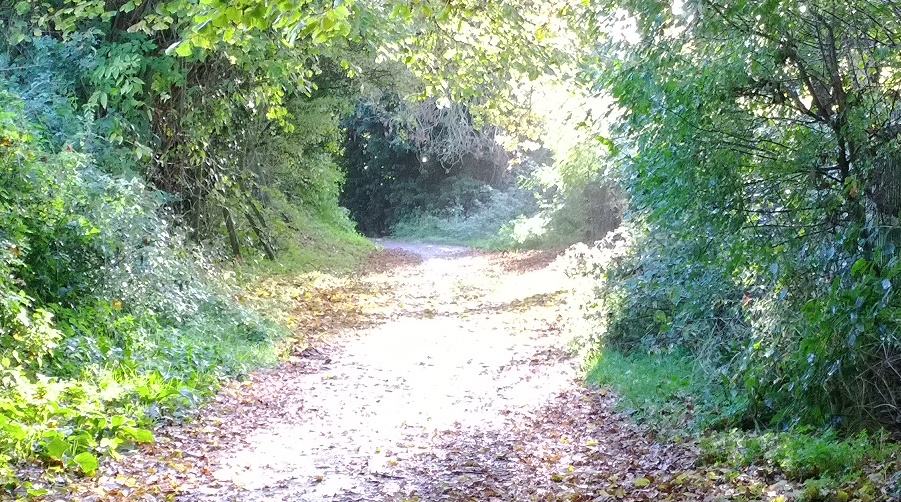
In truth, neither of the phone cameras can cope with the sun shining directly off the wet path, with the image totally blown out. However, around the central region, the leafy detail from the 1020's version looks a lot more convincing, helped by PureView oversampling and more advanced image processing, including the aforementioned sharpening.
Test 4: Zoom
Here's the full scene:
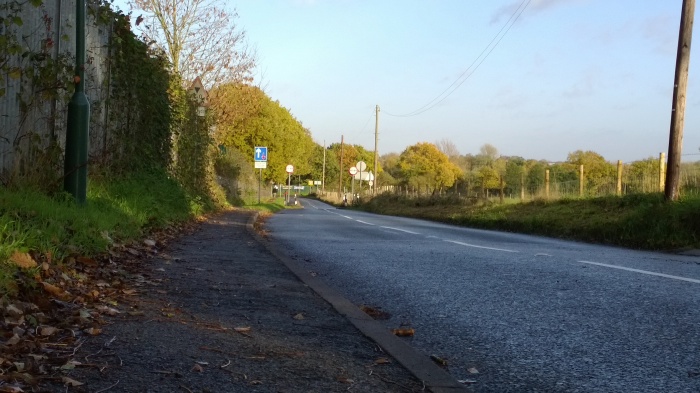
Just to be different, for this specific test I allowed the Lumia 1020 to stretch its PureView zoom legs, so the field of view for both shots will be very different. I wanted to see just how much more detail could be captured from a distant subject - in this case the road signs about 50 metres away. Here are the cropped 1:1 output from both devices, both at the standard 5 megapixels: N95 on the left, 1020 (zoomed) on the right:
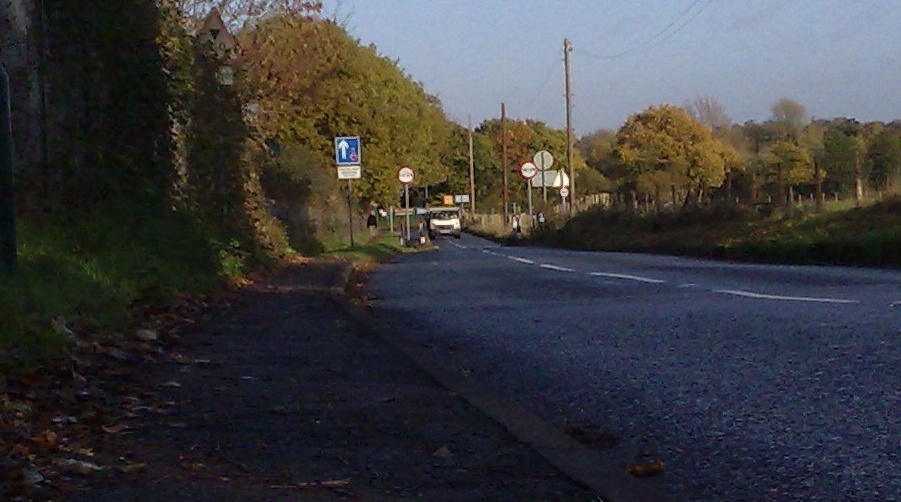
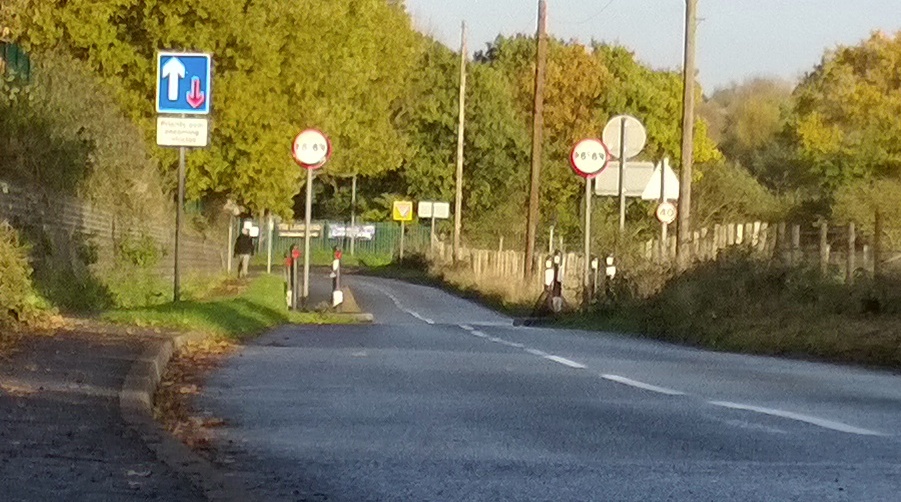
When fully zoomed in like this, the Lumia 1020 loses any benefit from oversampling so, not surprisingly, things look slightly rougher and noiser - but the extra detail on the roadside bollards is impressive. The signs themselves are slightly blown out, if I was trying to capture something so bright I might have experimented by knocking down the exposure a stop in the 1020's Nokia Camera application.
Although colours are quite muted in the N95 shot, the amount of unzoomed detail is pretty good - remember this was a device from 2006!
Test 5: Party time
A camera phone 'test' without a 'party shot' simulation would be incomplete - as ever, it's an artificially lit living room with me (pretending to be) boozing it up and laughing (a way to make sure my face and arm aren't stationary!):

And here's the cropped 1:1 output from both devices, both at the standard 5 megapixels - it's interactive (if your browser and bandwidth are up to the job), so use your mouse or pointer to swipe between the two photos - N95 on the left, 1020 on the right:
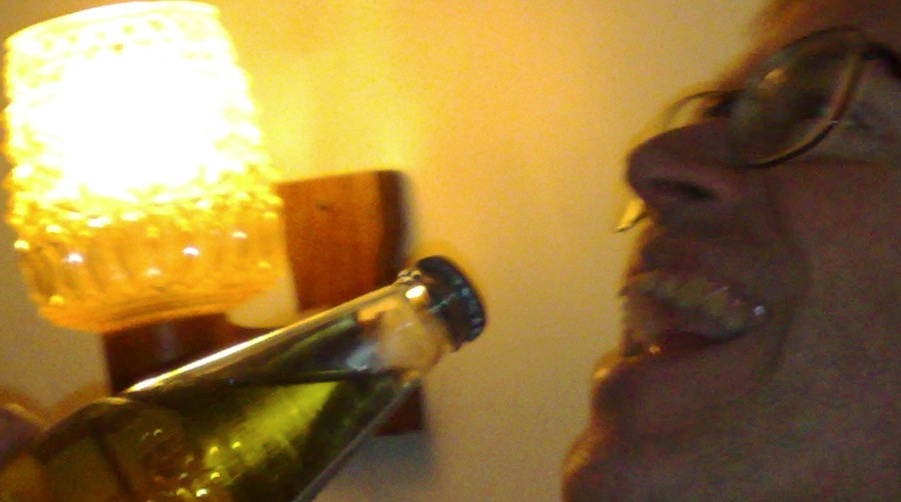
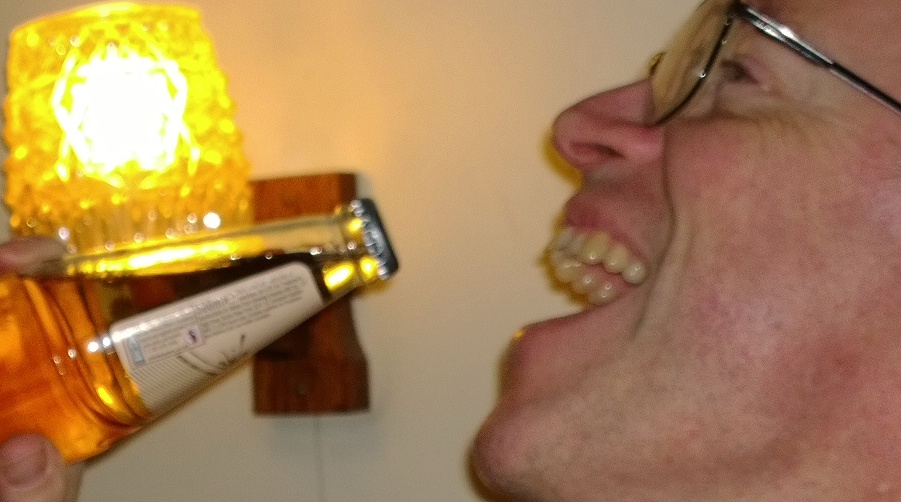
The Lumia 1020's shot is far better lit than the N95's, helped by the larger sensor and Xenon flash, though I suspect that the Nokia 808 would have done even better here, at the expense of less natural light 'atmosphere' (the 1020 always looks to keep shutter speed slow enough to capture ambient light as well).
Test 6: Night time
Finally, an absolute test of light gathering, shot in the dead of night. Here's the full scene (and note that the sky was black to my eyes):

And here's the cropped 1:1 output from both devices, both at the standard 5 megapixels - use your mouse or pointer to swipe between the two photos - N95 on the left, 1020 on the right:
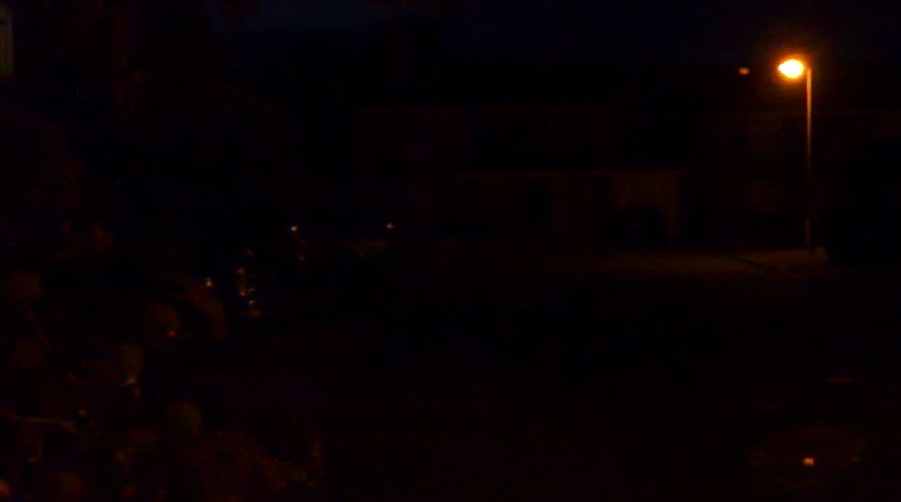
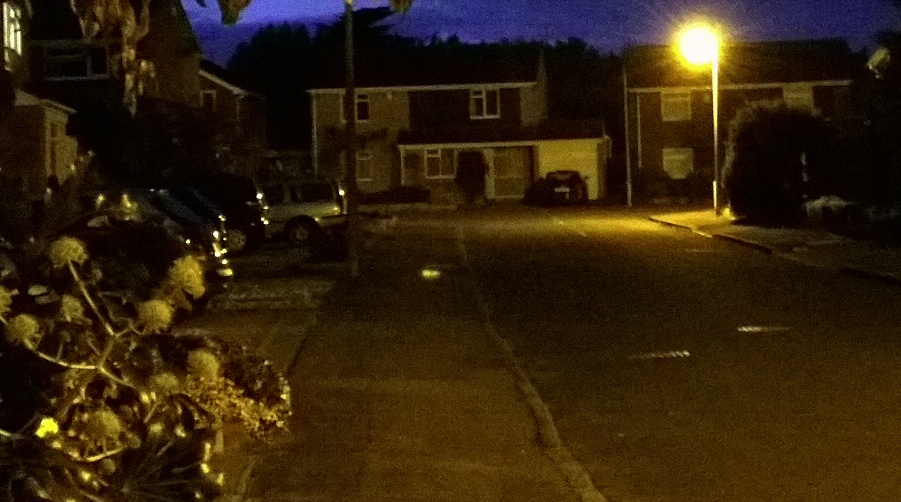
Quite literally, the results are like night and day. In fact, the N95's result is way too dim, compared to what my eyes registered, while the 1020's result is too light, though the latter's is impressive in how crisp it ends up being, despite a long shutter time, thanks to the presence of OIS. The usual arguments over how true to life low light shots should be will rage here, of course.
__________________
It's fair to say that the Lumia 1020 camera is a clear generation ahead of the N95's overall, though the latter shouldn't feel too disappointed - the N95 camera still matches results from some 5MP smartphone cameras in 2013. I'm not sure whether the same could be said of many other smartphone metrics from that same era.
Hopefully an interesting data point, at least. And, don't worry, I'll make the next camera phone test somewhat more contemporary!
